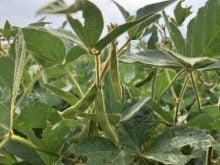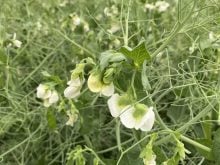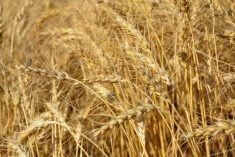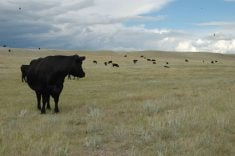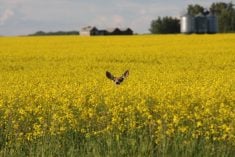An Alberta drought assistance program for honey producers is more of a psychological boost than financial, says the president of the Alberta Beekeepers Association.
“The recognition is a boost to the psyche,” said Grant Hicks of McLennan, who appreciates that the government recognizes his industry’s importance.
As part of a drought assistance program, the Alberta government will pay Alberta honey producers $4 per hive to offset problems associated with drought.
The $4 per hive payout is only a small percentage of what it costs to produce honey. It costs beekeepers $110 to $120 per hive to operate, said Hicks, who has 1,200 hives.
Read Also
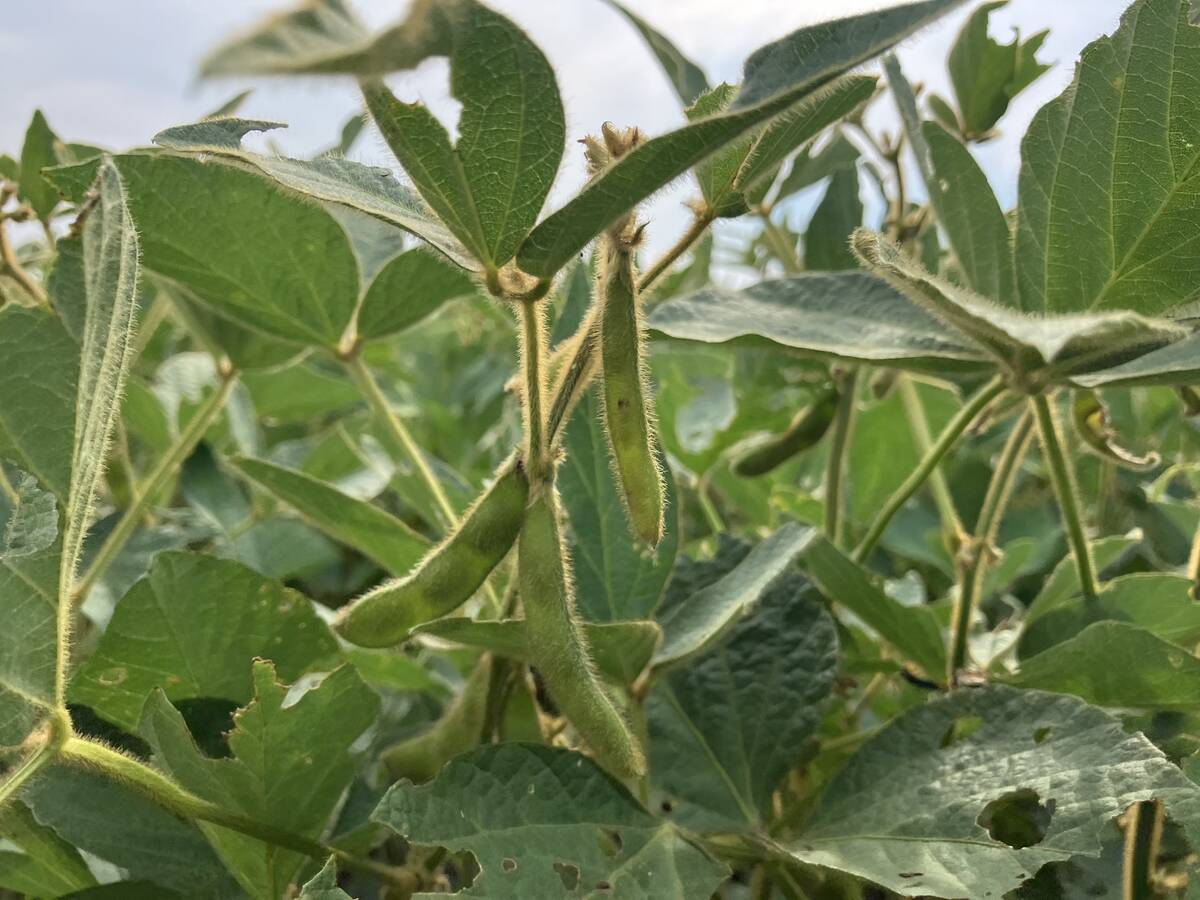
Soybean market still figuring out implications of China-U.S. pact
Soybean futures had a muted reaction to the U.S. trade deal with China as the market tries to figure out the nuances of the deal.
A lack of snow and rain has affected beekeepers whose bees rely on the flowers of forage and oilseed crops for nectar.
In his area of the Peace River region, there was almost 100 percent winterkill of alfalfa due to little snowfall.
Other areas of the province have almost no canola seeded because of low prices and poor seedbed moisture.
“Canola has been a miracle crop for honey producers.”
Ward Toma, general manager of the Alberta Canola Producers Commission, said canola acres are expected to be down 30 percent from last year to 2.65 million acres.
Hicks doesn’t know what will replace canola flowers for the bees.
Like other livestock producers, beekeepers can’t jump in and out of production to help reduce costs.
Barrie Termeer of Rollyview said slow growth of hay and pasture crops will also affect honey production.
He doesn’t know if producers will take their first cut of hay quickly for desperately needed feed or leave it to bloom longer.
Even dandelions, which bees rely on for spring nectar, dried up quickly this year.
Honeybees build up their hives on spring dandelions. A hive starts with about 20,000 bees and a queen and grows to 80,000 bees and a queen by peak honey production season.
“Dandelion nectar is a real key for that build up.”
The Alberta government paid honey producers $3 per hive last year to help offset dry weather. Between 200 and 300 producers applied for the assistance.
About the same number are expected to get the drought assistance this year.


